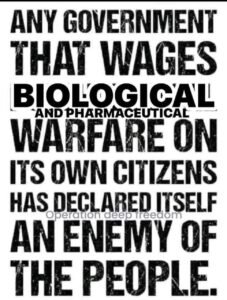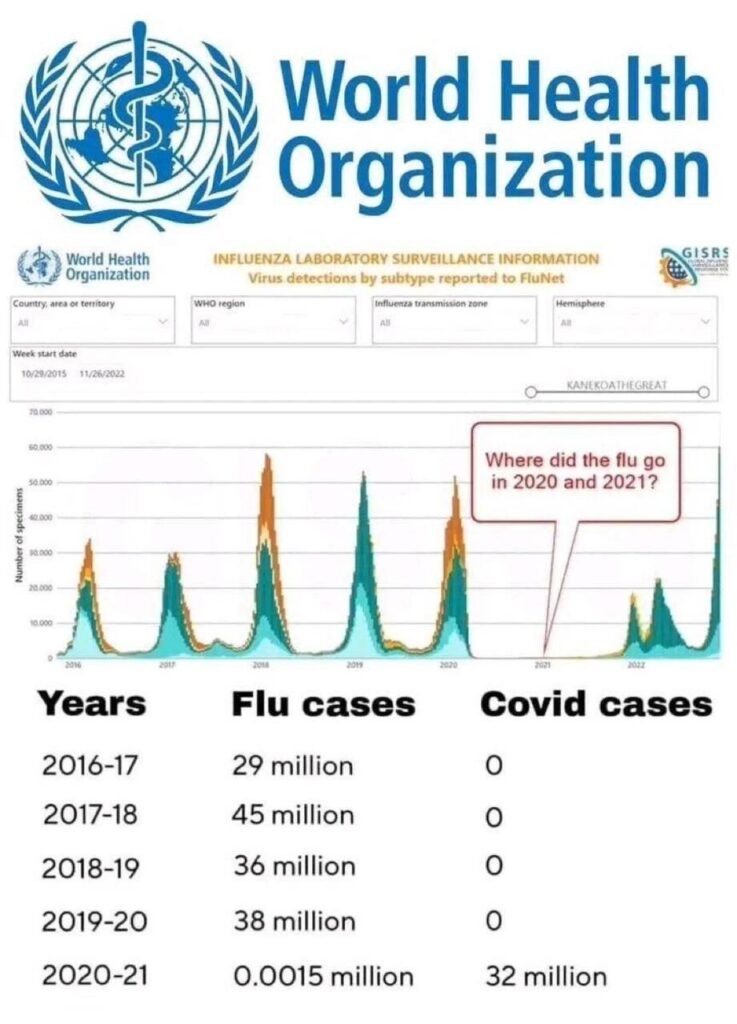How Queen Romana’s 2021 Cease-and-Desist Order Challenged the COVID-19 Regime — and Why Authorities Scrambled to Discredit It…
- COVID-19 vaccinations and medical experimentation (“genetic bio-warfare”)
- PCR testing
- Forced masking in public and private spaces
- Lockdowns and quarantines
- Provincial, territorial, and international border closures
The order declared all of Canada open and notified the highest levels of government — from the Prime Minister to health ministers, the RCMP, and the Armed Forces — to govern themselves accordingly.
Primary Document (Full Text)
Download the Cease-and-Desist (PDF)
If the embedded viewer is blocked by your browser, use the download button above.
Why It Mattered
This was no symbolic act. It was a coordinated legal and moral challenge to the foundation of Canada’s pandemic regime. By invoking the Nuremberg Code and crimes against humanity under the Rome Statute, the order reframed lockdowns, mandates, and vaccine programs as illegal medical coercion. It also referenced the Geneva Conventions and the Universal Declaration of Human Rights to anchor bodily integrity and informed consent in international norms.
The Coordinated Backlash
Instead of addressing the legal and ethical claims, institutions moved to smear and suppress:
- Media labels: outlets repeatedly branded Romana and supporters as “QAnon,” “cult,” or “conspiracy theorists.” See mainstream coverage and headlines framing her followers as dangerous: Global News, The Walrus.
- Police posture: episodes like the Peterborough confrontation were spotlighted to cement the “threat” narrative; watch the broadcast segment:
Global News video. - Academia: researchers such as Donald J. Netolitzky and Dr. Christine Sarteschi produced institutional narratives that categorize movements as “pseudolaw” and “extremist.” Read Netolitzky’s framing in the Alberta Law Review and SSRN (ALR; SSRN) and a Sarteschi talk hosted by GWU’s Program on Extremism (event page).
- Local politics: the Richmound, SK saga kept “public safety” in headlines; e.g., statements by Mayor Brad Miller during continuing disputes (CJME).
Why They Had to Discredit It
The cease-and-desist order was too powerful to ignore:
- It cited international law that Canada itself is bound to uphold (see Rome Statute; Geneva Conventions text; UDHR).
- It demonstrated mass grassroots participation, with widespread delivery of copies nationwide (see primary PDF above).
- It accused officials directly of committing crimes against humanity.
Acknowledging this order would have opened the door to:
- International legal scrutiny of Canada’s COVID-19 response.
- Mass public rejection of unlawful restrictions.
- Accountability for government, health officials, and police.
Instead of debate, the system chose smear, fear, and discrediting tactics.
Narratives vs. Receipts
Mainstream Narrative
- “Second-wave pseudolaw” is inherently risky (Netolitzky ALR).
- Followers are dangerous, deluded, or part of a “cult” (Global News; The Walrus).
- Police confrontations prove the thesis (video).
On-the-Ground Receipts
- Full C&D text: PDF on A.I. Truth News.
- Legal anchors: Nuremberg Code, Rome Statute, Geneva Conventions, UDHR.
- Independent context: institutional framing of “pseudolaw” (ALR/SSRN: SSRN); academic/media nexus (GWU talk: Program on Extremism).
International Common Law Court Verdict
Download the International Court Verdict (PDF)
This verdict goes further than symbolic protest. It is a binding judgment under international common law, declaring governments, pharmaceutical corporations, and officials guilty of crimes against humanity. The document references global norms like the Nuremberg Code, the Geneva Conventions, and the ICC Statute, giving its conclusions transnational weight. By recognizing medical coercion and unlawful mandates as criminal acts, it provides lawful grounds for citizens worldwide to reject such measures — and a precedent for future tribunals to enforce accountability.
The Real Question
If Queen Romana and her supporters were truly “fringe” or irrelevant, why did governments, police, media, and academia mobilize so aggressively for years to paint them as violent extremists?
What were they so afraid of?
The answer is clear: because this cease-and-desist order struck at the heart of their authority — and exposed the fragility of the narrative they built.


